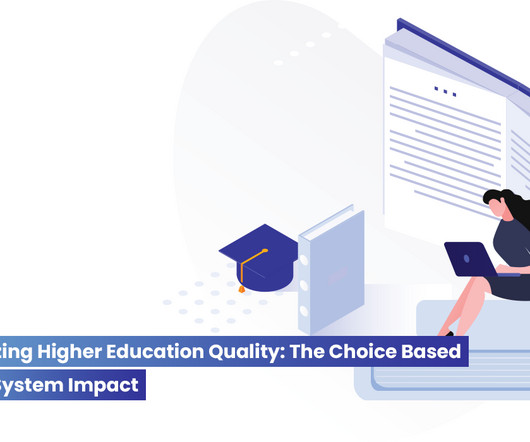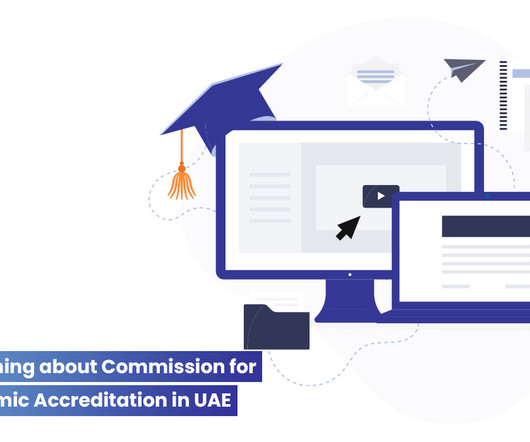Strategic Adaptation in Higher Education: Navigating 2024 and Beyond: Embracing Transformation and Resilience in Higher Education Business Models
The Change Leader, Inc.
DECEMBER 14, 2023
A Fundamental Rethink of the Higher Education Business Model In the rapidly evolving landscape of higher education, institutions must embrace educational innovation and strategic adaptation to change. But when you look at the numbers of students, from 18 million down to 16.5












Let's personalize your content